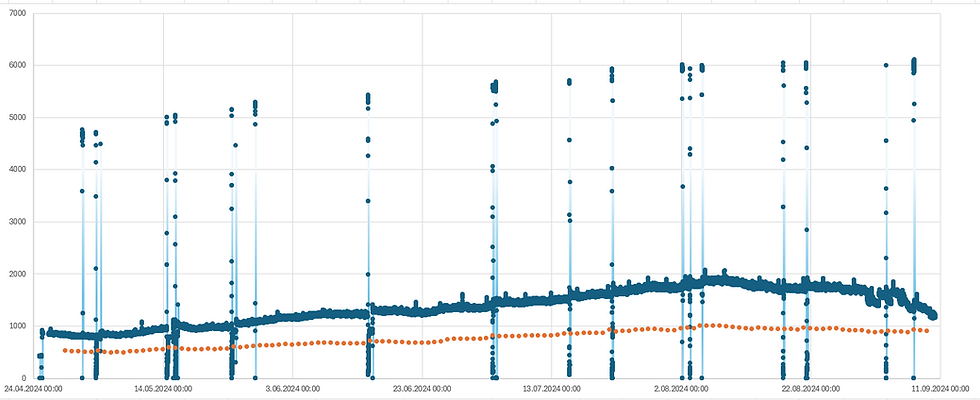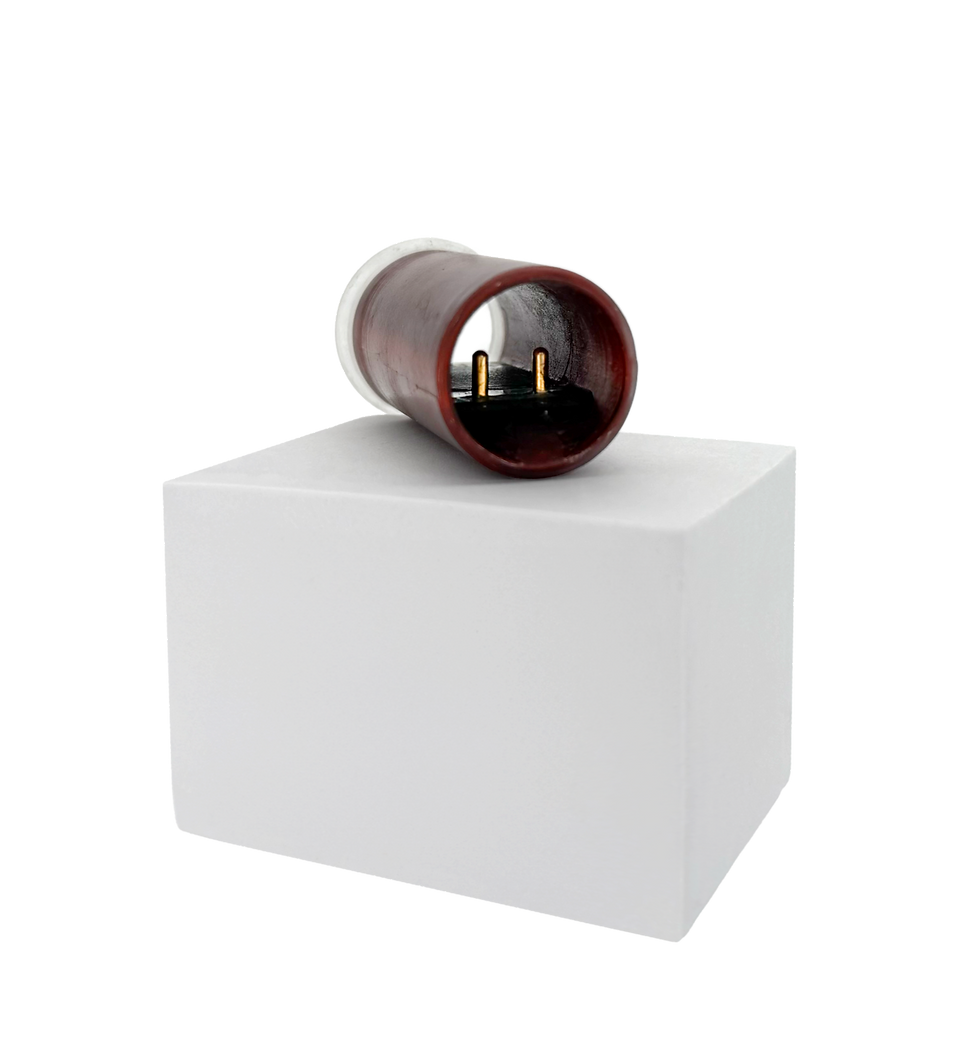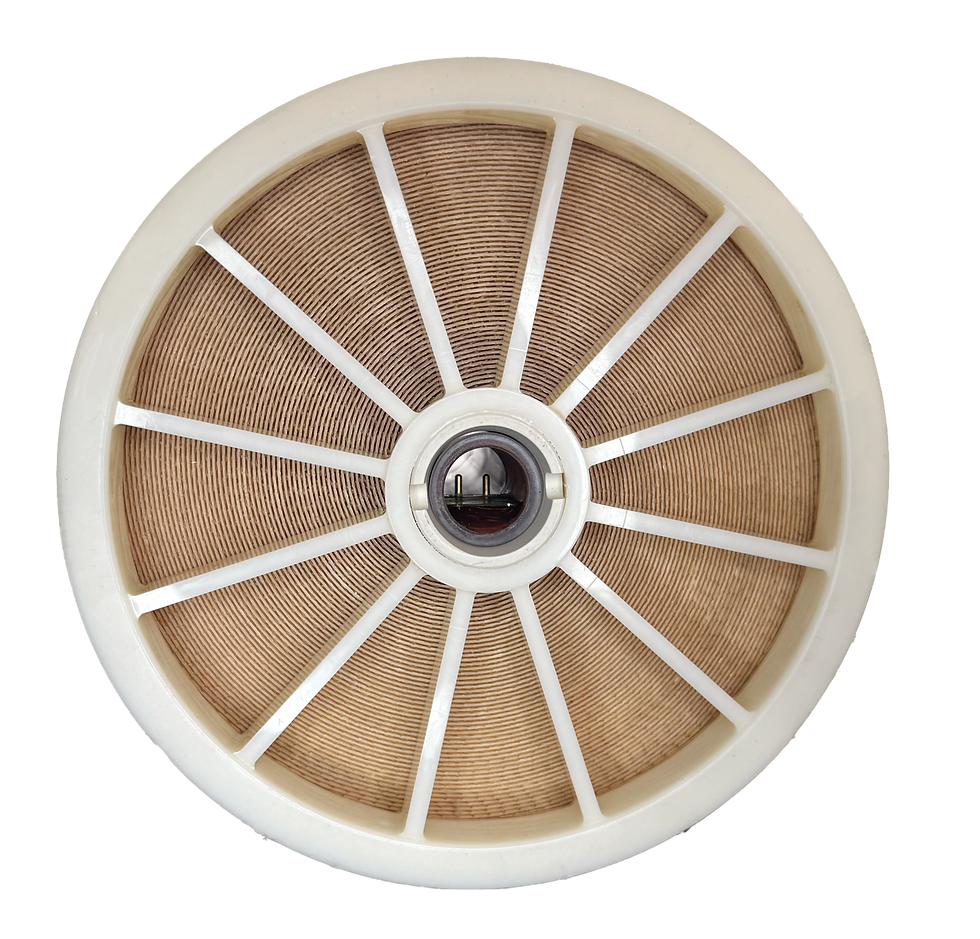Why monitoring Reverse Osmosis membrane 24/7 matters
- SWICSSY team
- Jul 25
- 3 min read
Updated: Aug 19
Keywords found in the article:
Reverse osmosis
Real-time monitoring of RO process
Conductivity measurement
Temperature measurement
RO Membrane fouling
Pretreatment technologies
permeate conductivity
CIP (cleaning-in-place)
Knowing the unknown: A pilot test comparison between manual operator logs and SWICSSY's data.

Desalination is a delicate balance of chemistry, pressure, precision and energy consumption. Reverse osmosis (RO) systems operate under extreme conditions and are highly sensitive to changes in feedwater quality, membrane fouling, and cleaning effectiveness.
Yet in many plants today, membrane condition data is collected only once or twice a day at best, typically from the entire pressure vessel rather than individual membranes.
That’s why we developed SWICSSY, a solution designed to continuously monitor the performance - conductivity and temperature of membranes inside pressure vessels, capturing the details traditional methods might miss.
Supporting Operators, Not Replacing Them
It is important to underline that SWICSSY does not work against plant operators. Plant operators are highly skilled professionals, trained to detect anomalies, adjust parameters, and respond to system behavior. Manual data logging has always been a cornerstone of this expertise.
SWICSSY doesn’t replace that experience but rather works together with it. By delivering up-to-date membrane data, operators gain a clearer, uninterrupted view of system behavior, helping them make faster, more informed decisions. It’s a tool designed to work alongside operators, giving them the kind of insight that was previously invisible.

Manual vs. Automatic data: A Real-World Comparison
During a recent pilot test at a desalination plant, we were able to directly compare data collected manually by operators with data from SWICSSY over the same period.
And what did we learn?
Manual measurements only told part of the story. Peaks, drops, and fluctuations in conductivity and temperature were entirely invisible between the morning, midday, and evening logs.
Key events were missed or misinterpreted. Cleaning cycles showed minimal impact on membrane performance in manual logs. SWICSSY data revealed the exact moment of impact and showed whether membrane recovery actually occurred and when the cycle was completed.
Undetected performance drifts were captured by SWICSSY, highlighting early membrane fouling that would otherwise go unnoticed until it caused a drop in output or spike in energy use.

A six-month comparative analysis of high-resolution sensor data and periodic manual conductivity measurements within the pressure vessel (PV) of the RO membrane highlights the operational blind spots inherent in low-frequency sampling. While manual readings (orange dots), logged once or twice per day, suggest a stable conductivity profile, the sensor (blue dots), operating at 3-minute intervals, reveals transient excursions exceeding 6000 µS/cm. These short-duration events, which are not visible from the manual dataset, likely correspond to an anomality like the start of membrane fouling, CIP-induced disturbances, or hydraulic instabilities.
From the graph, it can also be noted that plant operators performed cleanings according to a fixed schedule, rather than observing actual membrane conditions.
With continuous conductivity monitoring, it becomes possible to identify the need for cleaning based on conductivity and temperature levels. This allows operators to transition from time-based to need-based cleaning, reducing unnecessary interventions, saving chemicals used, extending membrane life, and improving system efficiency.
And why this matters?
Real-time monitoring isn’t just about collecting more data; it’s about better decisions and having faster reactions.
With SWICSSY, operators gain:
Situational awareness: Know what’s happening on a much granular scale
Event validation: Confirm when a cleaning worked (or didn’t)
Historical traceability: Easily correlate process changes with performance shifts
Fewer surprises: Detect trends before they turn into bigger problems
How SWICSSY works?
SWICSSY is an advanced submerged wireless conductivity sensor system designed to revolutionize reverse osmosis (RO) membrane preventive maintenance. It consists of three seamlessly integrated components:

1. SENSOR INNER PART (SIP)
Installs directly into the permeate tube of an 8” RO membrane
Measures:
Conductivity (µS/cm @ 25°C)
Temperature (°C)
No modifications to membranes or PVs required
Wireless power via resonant inductive coupling (no batteries)
2. SENSOR OUTER PART (SOP)
Powers and communicates with the SIP
Sends data to the Stack Node using CAN bus
3. STACK NODE (SN)
Manages all sensors in a rack of pressure vessels
Stores data locally as CSV
Connects to SCADA
Customizable measuring intervals (as low as 1 minute)
Optional integration with Grafana dashboards

Time to see what you've been missing
Operators are trained to spot patterns, but patterns can only be seen if the data is there. SWICSSY doesn’t just
increase data points; it transforms visibility, confidence, and control.
Quicker fouling detection
More effective cleanings
Fewer unplanned shutdowns
Better long-term membrane health

You can’t manage what you don’t measure, and you can’t improve what you don’t see.
_edited.png)


Comments